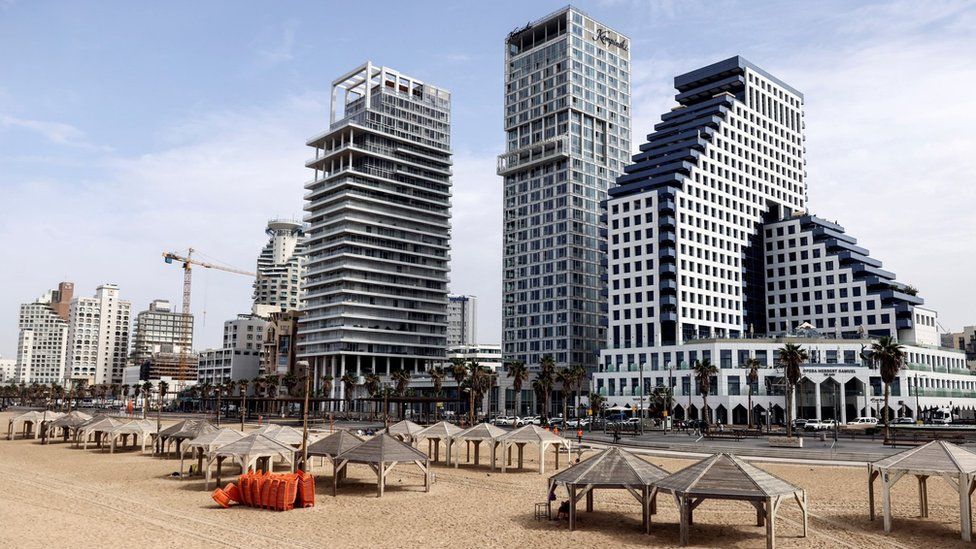 Comments to American businesses with interests in China come amid simmering tensions between the world’s two largest economies. Photograph: VCG/Getty Images
Comments to American businesses with interests in China come amid simmering tensions between the world’s two largest economies. Photograph: VCG/Getty ImagesBeijing has urged US business groups with interests in China to “speak out” and lobby the US government in its defence, warning that as bilateral relations deteriorate they cannot make money “in silence”.
The vice-foreign minister Xie Feng, in charge of managing China’s relationship with the US, also urged against political boycotts of the upcoming Beijing Winter Olympics, saying it harms the interests of athletes and was “unpopular”.
Key business groups including the American Chamber of Commerce in Shanghai and the US-China Business Council, met Xie at a virtual forum on Tuesday, according to a transcript of his address.
In his address, published by the ministry of foreign affairs, Xie urged the US business representatives to “speak up and speak out, and push the US government to pursue a rational and pragmatic policy towards China, stop conducting wars in trade, industry and technology, and stop creating … ideological and geopolitical confrontations and conflicts”.
The meeting’s warning added to letters sent by China’s embassy in Washington directly to US businesses last month, making similar threats and urging them to lobby against US bills that would affect Chinese interests.
Xie praised the recent meeting between the US president, Joe Biden, and China’s leader, Xi Jinping, in seeking to restore the relationship, and said that when bilateral relations were good, economic and trade cooperation was smoother. READ MORE...









 REUTERS...Tel Aviv's climb to the top of rankings was attributed mainly to the soaring value of Israel's currency
REUTERS...Tel Aviv's climb to the top of rankings was attributed mainly to the soaring value of Israel's currency




























